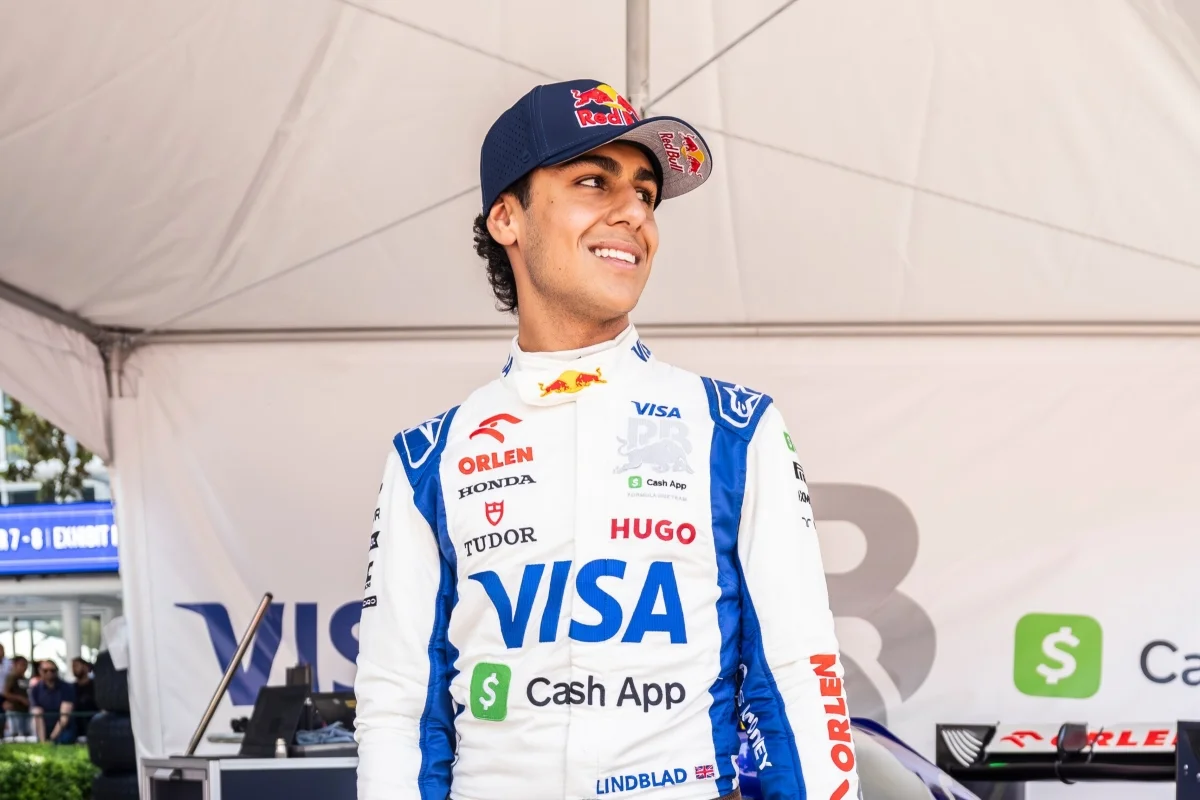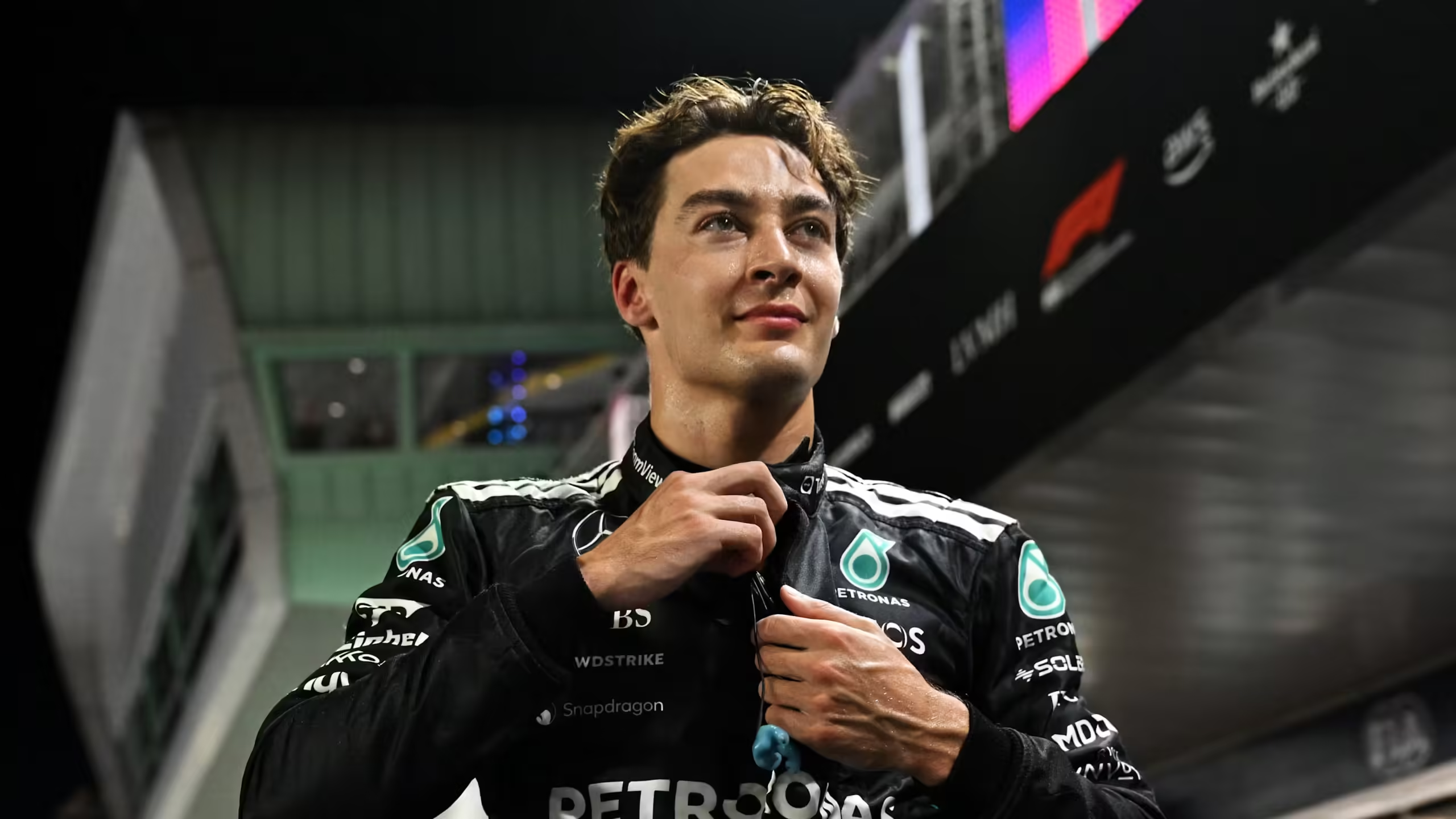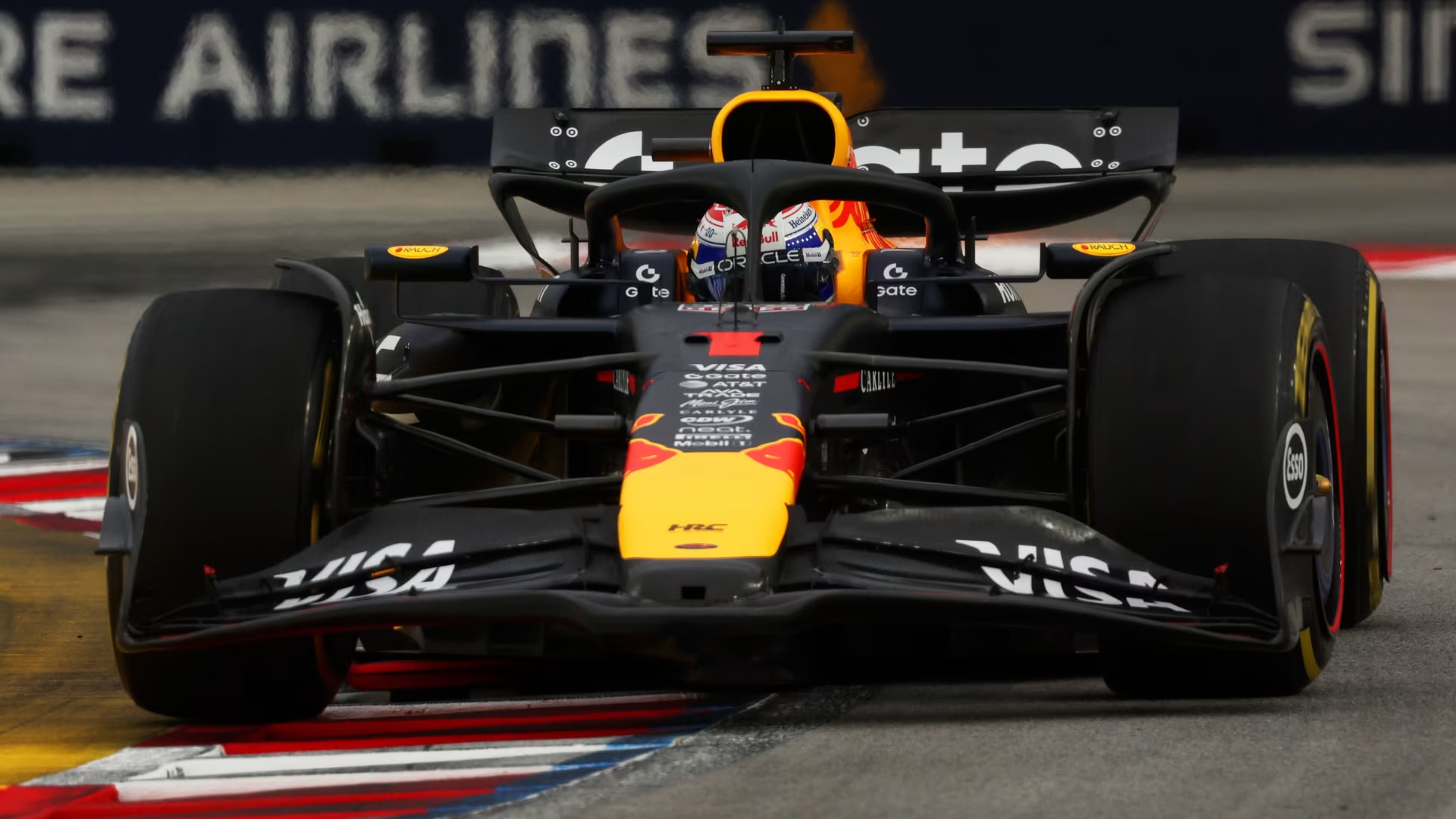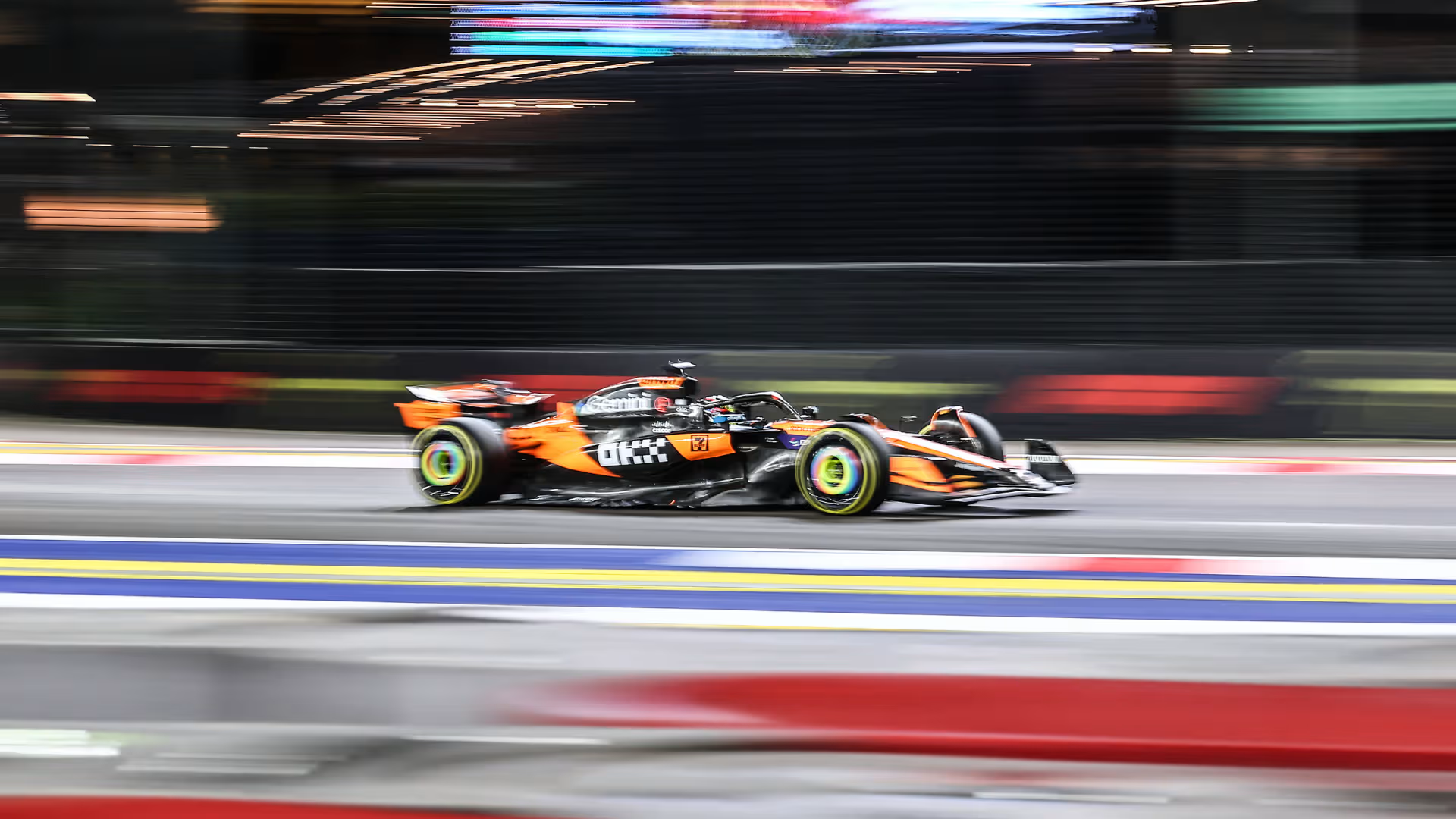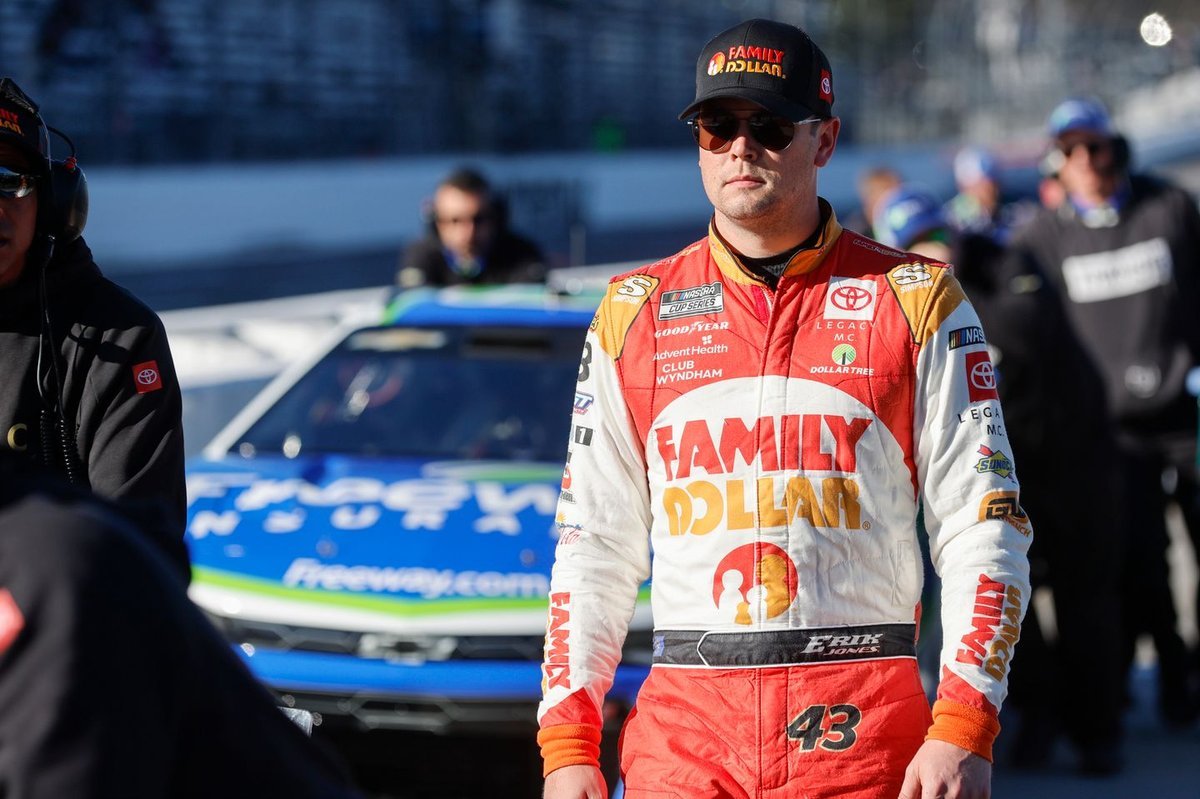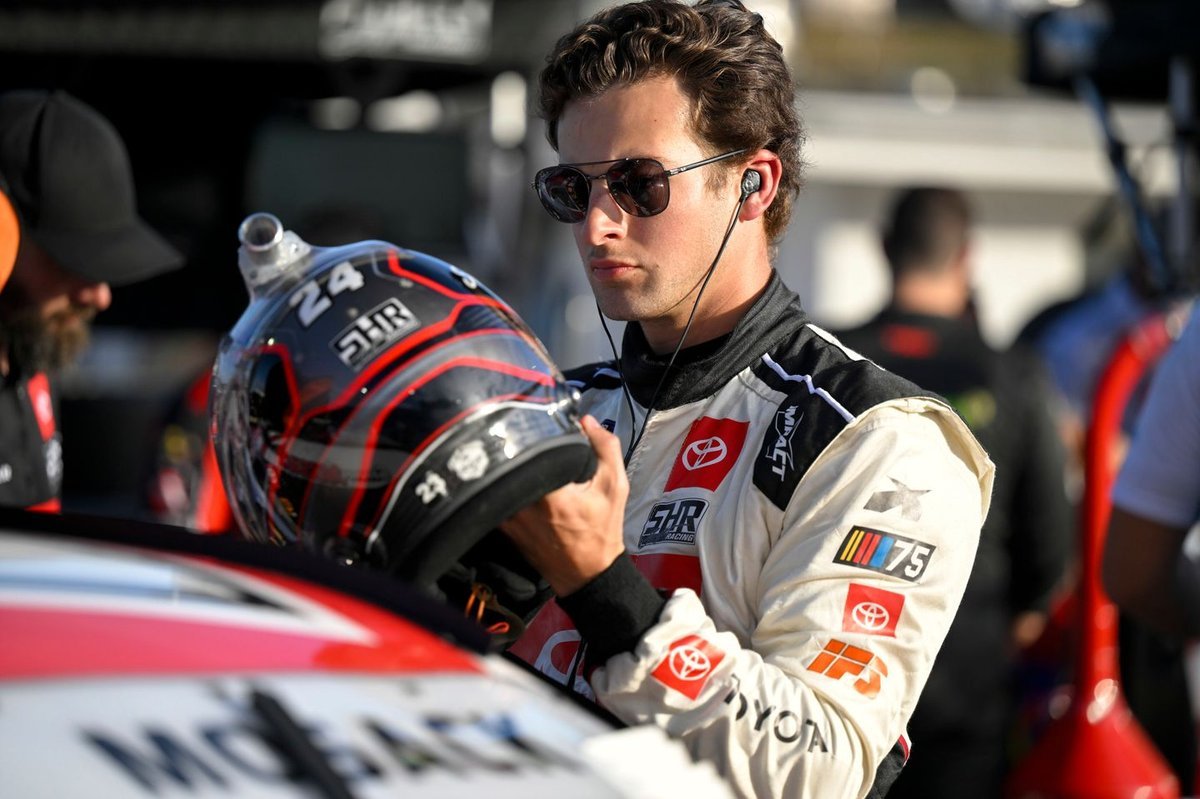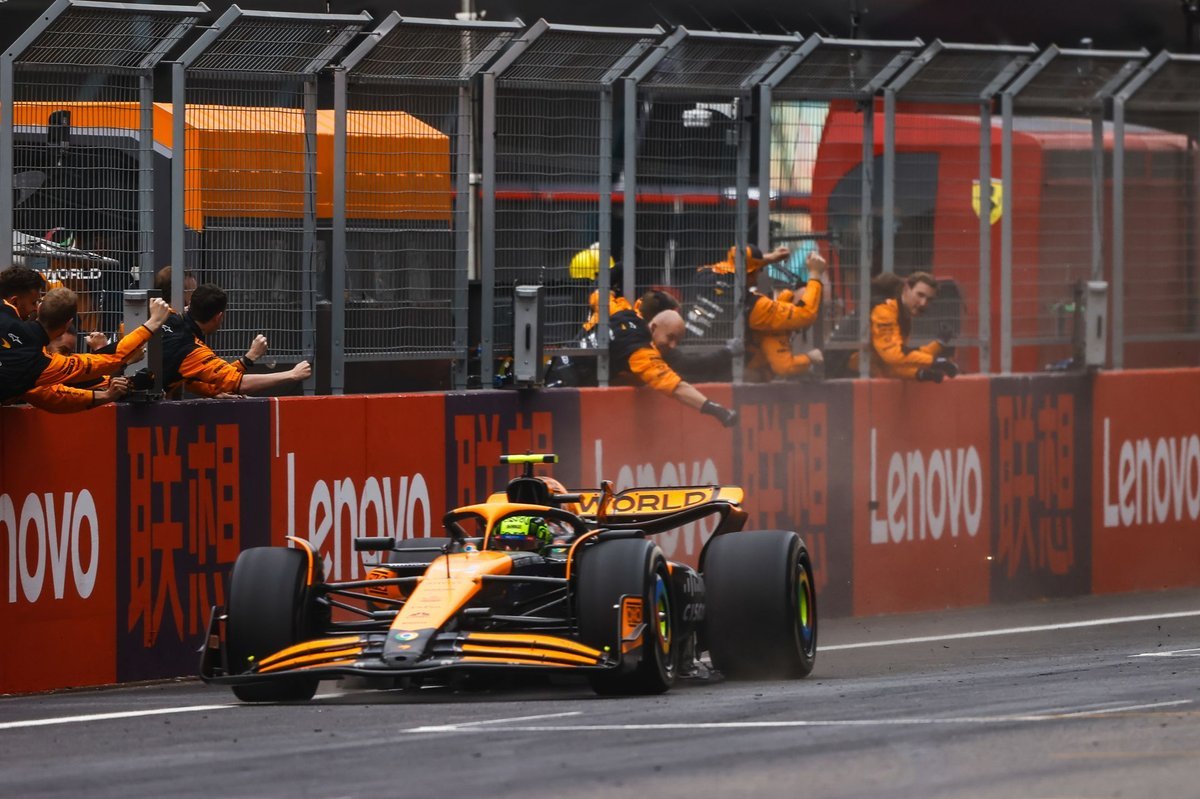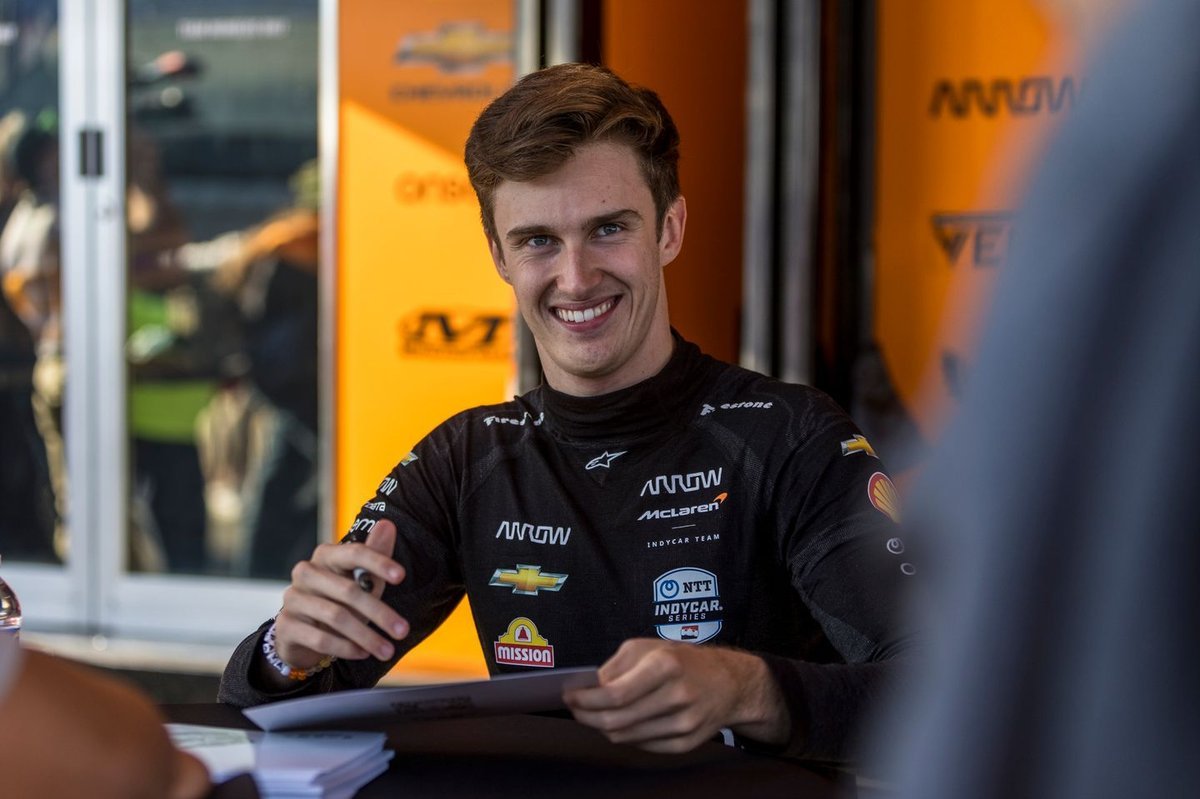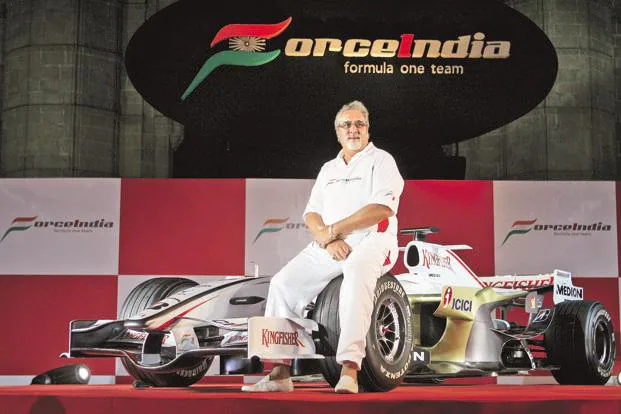
Vijay Mallya discusses Force India, its F1 journey, struggles, and legacy in a heartfelt podcast interview. A rare insight into his ‘Force India’ passion.
Introduction
Have you ever dreamed so big that the whole world watched you try? That was Vijay Mallya’s journey with Force India, a Formula 1 team that once made Indians believe they belonged in motorsport’s biggest arena. Recently, Mallya gave a rare, emotionally-charged interview on a podcast, opening up about his ambitions, regrets, and the legacy of his now-defunct Formula 1 team.
The conversation wasn’t just about racing—it was about pride, identity, and chasing a dream against all odds. Whether you were a Force India fan or simply curious about its rise and fall, what Mallya revealed gives a new perspective on one of India’s boldest ventures into global sport.
Table of Contents
| Sr# | Headings |
|---|---|
| 1 | The Podcast That Started It All |
| 2 | Mallya’s Vision: More Than Just Speed |
| 3 | Bringing India to the F1 Grid |
| 4 | The Financial Gamble Behind Force India |
| 5 | Hiring Indian Talent: A National Dream |
| 6 | Partnerships, Politics, and Paddock Pressure |
| 7 | Breakthrough Moments on the Track |
| 8 | The Downward Spiral: When Money Overtook Momentum |
| 9 | Media, Courts, and the Collapse of a Dream |
| 10 | What Vijay Mallya Regrets the Most |
| 11 | Force India’s Legacy in Modern F1 |
| 12 | How Fans Reacted to the Podcast Revelations |
| 13 | What Could Have Been: Mallya’s Alternate Ending |
| 14 | Reviving the Dream: Will India Ever Return to F1? |
| 15 | Final Thoughts from a Man Who Dared to Dream |
The Podcast That Started It All
Vijay Mallya chose a surprisingly intimate setting—a motorsport podcast hosted by a former F1 journalist—to open up after years of silence. The episode was less of an interview and more of a confession, where the embattled businessman laid bare his emotions about Force India. For the first time, the public got to hear Mallya unfiltered, unapologetic, and incredibly human.
Mallya’s Vision: More Than Just Speed
According to Mallya, Force India was never just about racing cars—it was about racing perceptions. “I wanted India to be respected in motorsport,” he said. “Cricket was our comfort zone, but Formula 1? That was a statement.” His vision wasn’t limited to podiums. It was about national pride flying around the globe at 300 km/h.
Bringing India to the F1 Grid
Mallya’s acquisition of the Spyker F1 Team in 2007 and its rebranding to Force India was a bold move. No other Indian entity had dared to enter this elite sport. From the tricolor-liveried cars to hiring Indian sponsors, the team became a cultural moment. “People started believing that an Indian name could compete with Ferrari and McLaren,” Mallya remarked proudly.
The Financial Gamble Behind Force India
Force India was funded, quite literally, on Mallya’s confidence. The costs of running an F1 team were astronomical—over $100 million per season. In the podcast, Mallya admitted that he took “a leap of faith” hoping sponsorships and results would offset the investment. Unfortunately, the numbers didn’t always add up.
Hiring Indian Talent: A National Dream
From Narain Karthikeyan to Karun Chandhok, Indian F1 drivers were few and far between. Mallya dreamed of giving Indian drivers a seat at the table—or rather, in the cockpit. Although the main drivers were international, the team hosted young Indian talents in development roles. “We had dreams of a full Indian lineup one day,” he sighed, hinting at what could have been.
Partnerships, Politics, and Paddock Pressure
Running an F1 team isn’t just about engineering—it’s about alliances and power dynamics. Mallya described navigating Formula 1 as a “chess game at 300 km/h.” He recounted dealing with Bernie Ecclestone, negotiating with engine suppliers, and surviving the politics of the paddock. “If you’re not sharp, you’re out,” he said, snapping his fingers.
Breakthrough Moments on the Track
One of Force India’s proudest moments came at the 2009 Belgian Grand Prix when Giancarlo Fisichella finished second, giving the team its first podium. “I cried,” Mallya admitted. “It felt like we had won the championship.” Force India consistently punched above its weight, with midfield finishes that defied expectations and budgets.
The Downward Spiral: When Money Overtook Momentum
By 2016, cracks began to show. Financial troubles in Mallya’s wider business empire started affecting the team. “I didn’t want to give up, but the wolves were at the door,” he said. He described how finding sponsors became difficult, and keeping the team competitive became nearly impossible.
Media, Courts, and the Collapse of a Dream
As Mallya faced mounting legal trouble over alleged financial misconduct, Force India’s image took a hit. The media frenzy made it hard to separate the team from the man. “I was dragged through the mud, and so was something I built with passion,” he said with evident pain.
What Vijay Mallya Regrets the Most
“I regret not building more Indian infrastructure around the team,” Mallya confessed. “I wish we had a training academy, more engineers, more local talent.” For him, the dream wasn’t just about competing, but about building an ecosystem—one that sadly never came to full fruition.
Force India’s Legacy in Modern F1
Although the team was rebranded as Racing Point and later Aston Martin, much of its DNA remains. Engineers, staff, and even some strategic philosophies still trace back to the Force India days. “We may not have won a title, but we changed the game for privateer teams,” Mallya reflected.
How Fans Reacted to the Podcast Revelations
Indian fans flooded social media after the episode dropped. Hashtags like #BringBackForceIndia and #VijayMallyaSpeaks trended. Many expressed nostalgia, some frustration, and a few even said the podcast gave them closure. For a generation that grew up watching those pink-and-orange cars zoom across Europe, it was like reopening an old photo album.
What Could Have Been: Mallya’s Alternate Ending
When asked if he’d do it all over again, Mallya smiled and said, “In a heartbeat.” He still dreams of seeing an Indian team on the F1 podium, run by Indians, powered by Indian innovation. It’s a dream deferred, not a dream denied.
Reviving the Dream: Will India Ever Return to F1?
The discussion naturally led to the possibility of India re-entering the F1 scene. “Someone younger, richer, and braver needs to take the mantle,” Mallya said. With Formula 1 looking to expand globally, and a growing motorsport audience in India, maybe, just maybe, the tricolor will fly again.
Final Thoughts from a Man Who Dared to Dream
Vijay Mallya’s story is not black and white. It’s a complex narrative of ambition, controversy, and unrelenting passion. Through Force India, he gave India a seat in the fastest sport on Earth. Whether history remembers him as a hero or a villain, his contribution to Indian motorsport is undeniable.

